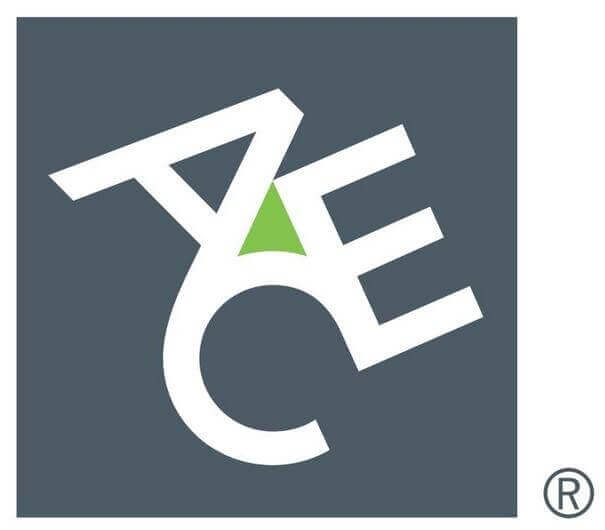Tackling the Challenge of TRIM – How Banks Can Make Sure their Data Quality Processes are up to Scratch
by Martijn Groot, VP of Product Management, Asset Control
The Targeted Review of Internal Models (TRIM) is underway and banks across the eurozone will already be feeling the effects. Supervised by the European Central Bank (ECB) and first launched in 2017, the initiative is designed to assess whether the internal risk assessment models used by banks meet regulatory requirements and whether their results are reliable and comparable.
What is TRIM?
As part of the programme, the ECB is reviewing the banks’ models, providing them with ‘homework’ to improve their processes, and then returning to inspect. In carrying out this process, however, the ECB understands that detailed discussions with banks about their risk assessment models will be of limited value if they can’t trust the data being fed into them.
TRIM builds on the results of the Basel Committee for Banking Supervision’s BCBS 239 document, published in 2013. While BCBS 239 laid out 14 risk data aggregation principles for banks to abide by, it was quite generic. TRIM is more specific – especially around data quality aspects and measurements.
In fact, TRIM provides a range of governance principles for developing a data quality framework that covers relevant data quality dimensions including timeliness, completeness, accuracy, consistency and traceability.
The Principles of TRIM
In order to comply with TRIM, banks need to demonstrate they can trace the price they have used historically for a model or for a financial instrument valuation through the data supply chain back to original sources. They also need to know what processes have been carried out on the data, including checks that have been conducted, what the sources are, what were the original parameters and data quality rules, and have they been changed over time? Traceability is the term used to describe this in the TRIM document but data lineage, effectively the data lifecycle that includes the data’s origins and where it moves over time, is the broader term more widely employed in data management.
TRIM also contains important reporting guidelines – including that banks will need to report on how often they have proxied their market data inputs or risk calculations.
Doing this also defines a process for how the bank has derived and validated this proxy. Is it really a comparable instrument? Does it behave similarly to the original instrument?
In other words, in line with the focus on data quality in TRIM, it is important that banks are regularly validating their proxies. Finally, to ensure they have a better grasp of the quality of the market data they use in risk calculations, they also need to ensure they have a handle on how much data is stale per asset class.
Typically, today most banks would struggle to comply with many of the data quality guidelines TRIM lays down. Most have no data quality or control frameworks in place or, at best, assess quality in different isolated silos. As such, they don’t have the ability to report daily on key data and metrics. They may have implemented checks and controls but generally they have little real insight into data across the whole chain. Very few have a full audit trail in place that describes how data flows from sources through quality checks and workflows into the financial models, and that does not just track data values but also the rules and the rule parameters acted on it.
Achieving TRIM Compliance
So how can banks meet the TRIM guidelines? Banks first need to get the basic processes right. That means putting a robust data governance and data quality framework in place. To do that, they need to document their data management principles and policies. They also need to agree on a common data dictionary and understand more clearly exactly what they are measuring, including how they define financial products across the group and the control model for the whole lifecycle.
The next stage will see banks putting the technology that enables them to achieve this in place. Organisations first need a data management system that has the end-to-end capability to gather, integrate and master key data, derive risk factors and publish them to different groups. That should provide banks with a single funnel and consistent set of data and data quality metrics that support TRIM compliance.
For banks that are able to achieve all this, TRIM compliance is just one of the benefits they can expect to see. In fact, some of the remediation they will have to do to comply will also be required for key regulations, including the Fundamental Review of the Trading Book. However, for many, TRIM is their current focus and with the programme expected to run until 2020, banks know there is still work to do to meet its guidelines.























